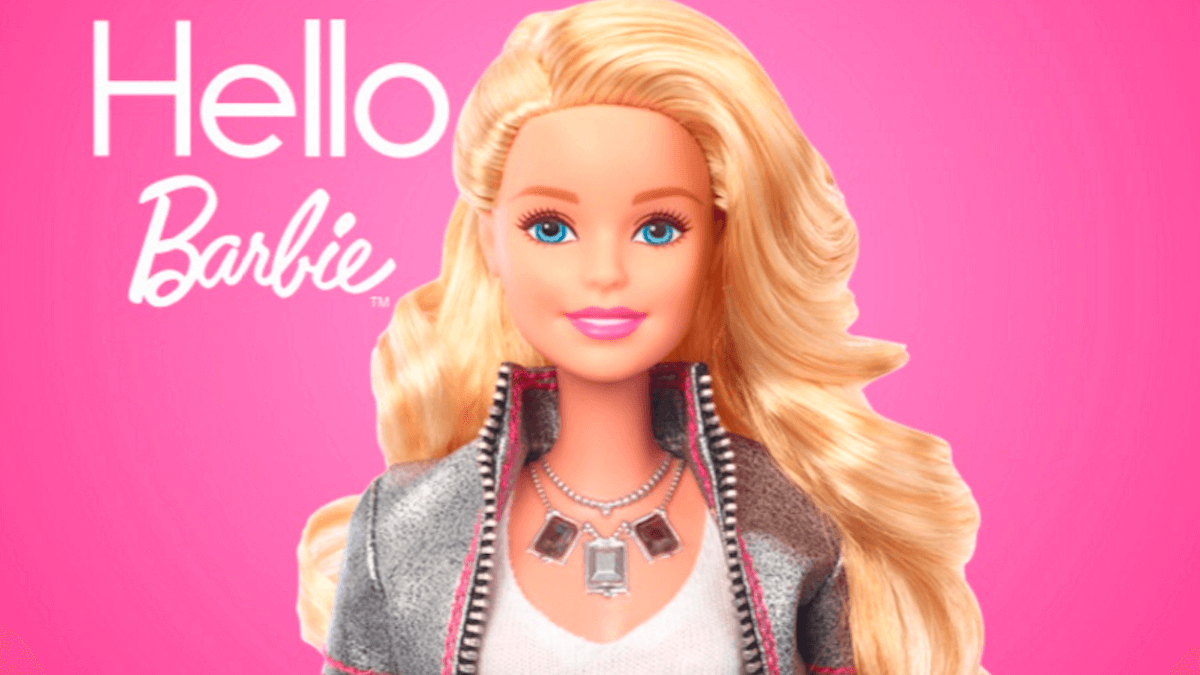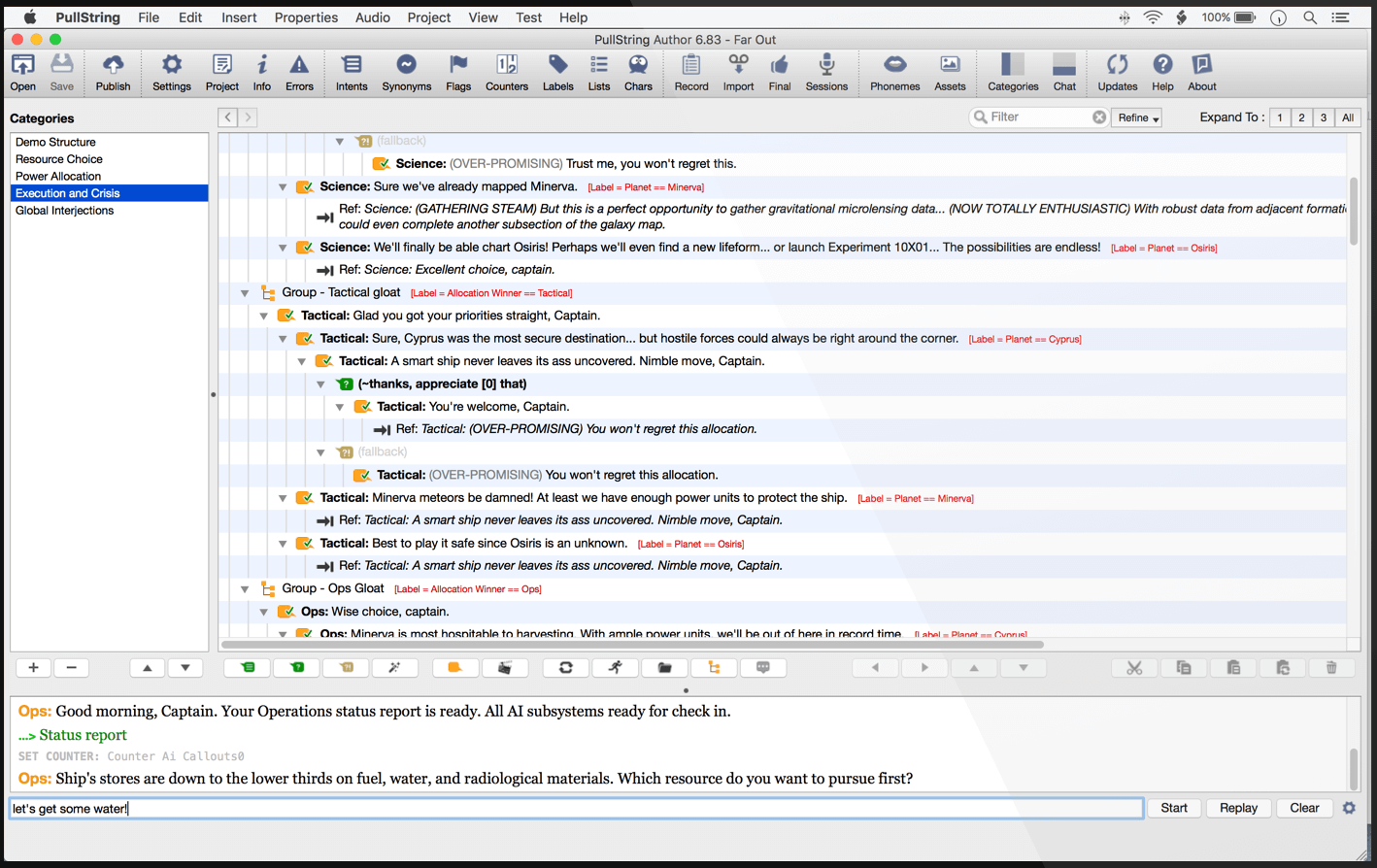PullString unveils all-purpose intelligent conversation platform
Staffed by ex-Pixar employees, the company describes the new release as the most complete expressive toolkit for text- and media-based characters.
As the automated, intelligent conversation settles into its role as a major marketing channel, a variety of chatbot authoring platforms have made their entrance.
This week, a new one promises to be “the most complete conversational computing platform available.” The PullString Platform, based on technology previously employed for Call of Duty’s Lt. Reyes chatbot on Facebook Messenger and Mattel’s Hello Barbie doll, is now open to the public after five years of development. The company, formerly called ToyTalk, was founded in 2011.
https://www.youtube.com/watch?v=QEDk2M2_tH4
About a quarter of the 40-person staff for the San Francisco-based company came from the animation studio Pixar, and the intent is to provide a platform that goes beyond chatbots. As co-founder and CEO Oren Jacob wrote in a recent blog post:
“We designed and built PullString Author to be the most powerful professional environment to create computer conversation in, approachable enough for writers to use and capable enough to handle the sophisticated logic and state required for computer conversation.”
It’s a “general purpose intelligent platform,” he told me, “centered on conversations, embodied [for now] as chatbots,” and intended for “expressive professionals, like Photoshop.” Here’s an authoring screen:
At launch, the platform supports Facebook Messenger, SMS, Slack, Skype and Kik, and Amazon Alexa and the Unity game engine are coming soon. The conversational engine combines AI/machine learning with rule-based interaction, so that precise rules-based responses can work with machine learning that infers intent from the user’s responses.
There are built-in templates, sample projects, chat analytics, multi-language support and an API that allows the platform to drive, say, the conversational responses for an Internet of Things device, like a talking thermostat. Beyond a free level, prices are based on transactions per month and collaborative capabilities.
Authors have the ability to control the timing of conversations, Jacob said, and the engine can handle a change of topics. He suggested that a good comparative test would be how well an intelligent character handles off-topic conversations.
“Characters are defined as much by what they cannot talk about,” he said, “as by what they can.” The PullString-produced Barbie can “talk for 20 hours straight” about whatever, he said. While the words are authored, the ways the words are utilized are unique to the context.
Jacob added that one of the platform’s unique strengths is its ability to simulate natural conversation, including an awareness of conversational context.
For instance, the conversational engine would be able to respond to a question like, “What do you like?” with something like, “I like Hawaiian shirts.”
But, if the conversation had been about ordering sandwiches for lunch, the question, “What do you like?” might be answered as: “Turkey, lettuce, and tomato.”
He described the platform as the first “to allow creators to build [two-way] conversations via text, audio, animation, and video,” controlling motion and action and not just text with accompanying media. Other companies, he said, employ a “choose-your-adventure” style of structured messages.
Contributing authors are invited to create content for MarTech and are chosen for their expertise and contribution to the martech community. Our contributors work under the oversight of the editorial staff and contributions are checked for quality and relevance to our readers. MarTech is owned by Semrush. Contributor was not asked to make any direct or indirect mentions of Semrush. The opinions they express are their own.
Related stories
New on MarTech

